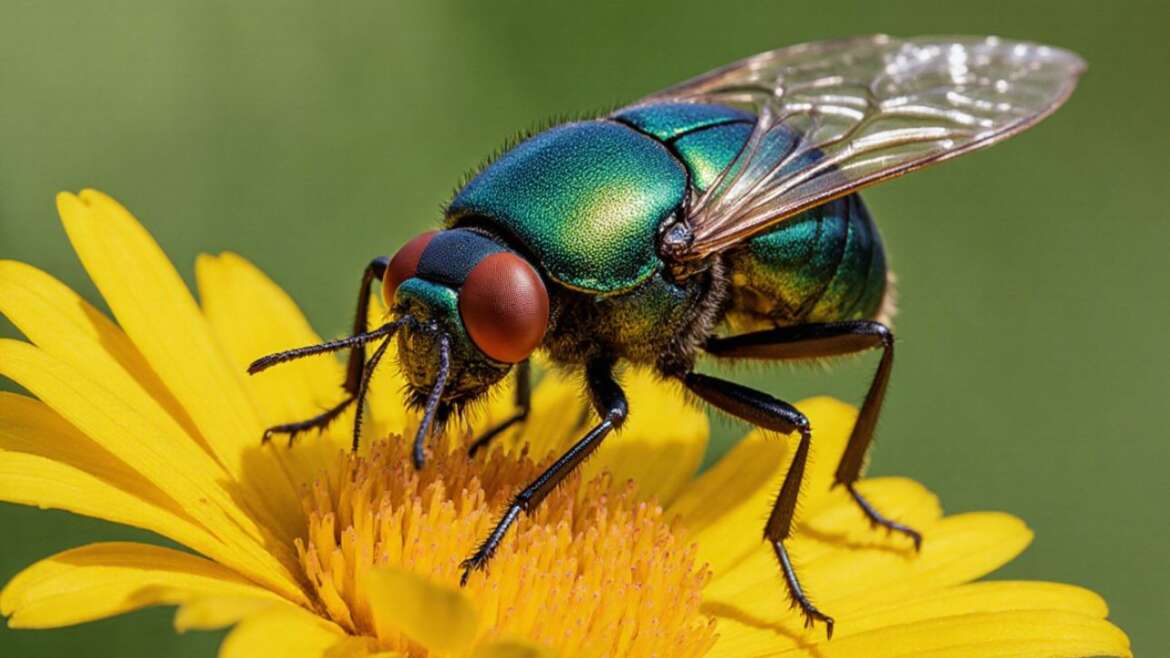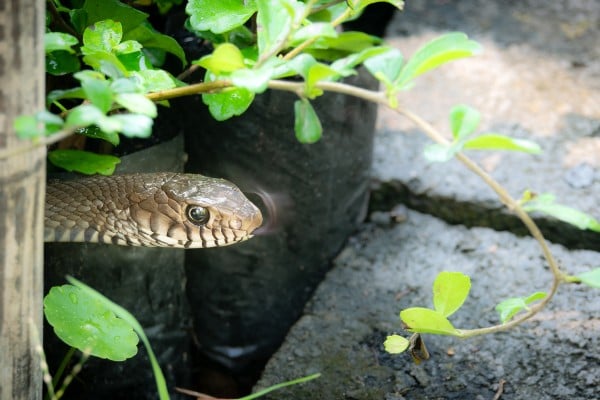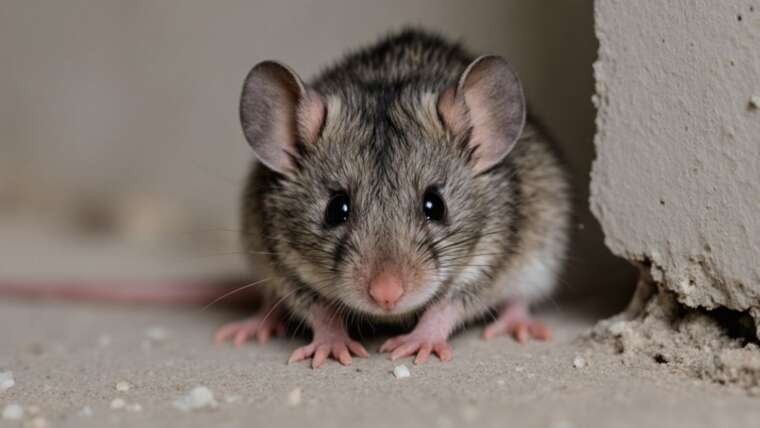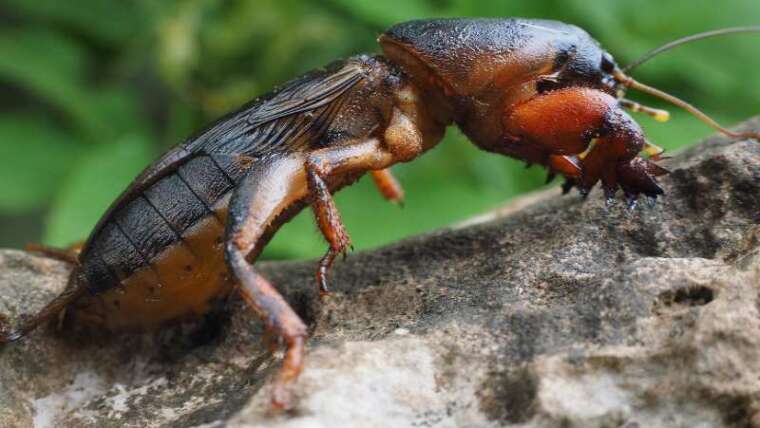For many, peaceful summertime evenings are spent sitting on the front porch with family, immersed in the rich symphony of sounds produced by nature. The season certainly has its own music—much of it made by bugs! You might be surprised to learn just how many insects contribute to summer’s orchestra. Here’s a detailed exploration of the various critters you can hear during the summer months, along with tips to help you identify them by the sounds they create.
Jump to Section:
Cicadas
As the sun sets, a steady thrum of buzzing takes over what would otherwise be a quiet night. Cicadas can be among the loudest of summer insects, their buzzing often characterized by a rise and fall in both pitch and volume. In summers when cicada populations peak, the collective sound can be startling, resembling an otherworldly chorus as males call and respond to one another from the treetops.
Curiously, only males produce sound, and they do so to attract mates or signal distress. Equipped with two special membranes on their abdomens called tymbals, these males create a series of clicks that are amplified by their hollow abdomen.
Tip: To distinguish the species, listen for patterns; for instance, the Magicicada produces a distinctive wave-like call lasting several seconds. If you’re keen on local biodiversity, a cicada app can help identify species in your region based on their sounds!
Katydids and Crickets
Familiar insect noises, like chirping, fill the air during summer nights, with both crickets and katydids contributing to the melody. While crickets are often the most recognized chirpers, katydids can be just as vocal. However, differentiating them can be challenging, even for experts. Luckily, each has a unique sonic signature.
Like cicadas, only male katydids and crickets produce sounds. Crickets create their characteristic chirp by rubbing one wing against another in a process known as stridulation. In contrast, katydids produce a buzzing, drawn-out note.
Tip: The timing of the chirps can indicate temperature! Count the number of chirps in 15 seconds, add 37, and you’ve got an approximate temperature in degrees Fahrenheit.
Bess Beetles
When you think of summer bug noises, beetles might not immediately come to mind. However, Bess beetles are an exception, as they can produce a surprising array of sounds. With nearly 500 species across the U.S., Bess beetles are distinguishable by their shiny black wings and unique vocal capabilities.
These forest dwellers can create upwards of 14 different sounds, some of which are not audible to the human ear. Their hissing and squeaking sounds can be quite memorable.
Tip: If you’re interested in observing these beetles in action, try flipping over a log in a woodland area. You might be delighted (or surprised) by the commotion they create!
Bees
Whether in a park, backyard, or garden, the buzz of bees is an ever-familiar sound in summer. This buzzing—an actual disturbance in the air—is directly produced by the beating of bee wings. Interestingly, the pitch of the buzz varies depending on the bee’s size; larger bees like bumblebees produce a deeper, lower hum, while smaller bees create a higher frequency buzz.
Tip: Share the buzz with your kids! Use a simple online bee identification guide to turn your back garden into a mini-beehive learning experience, encouraging them to spot different bee species.
Mosquitoes
The high-pitched whine of a mosquito can be one of the most irritating insect noises during summer evenings. This distinctive sound may serve as an auditory mating call among mosquitoes. Fascinatingly, they can control their wing beats, creating specific frequencies to serenade one another.
Tip: Protect yourself while enjoying the sounds of summer! Essential oils, such as lavender or citronella, are natural mosquito repellents that can help keep the buzzing at bay.
Conclusion
These captivating insect sounds constitute the rich soundscape of summer nights, each species contributing its unique musical note. By learning to identify the characteristics and behaviors associated with these bugs, you can deepen your appreciation for nature’s symphony while enhancing your outdoor experiences. So next time you find yourself on the porch, take a moment to tune in to the orchestra that is playing just beyond your doorstep.





